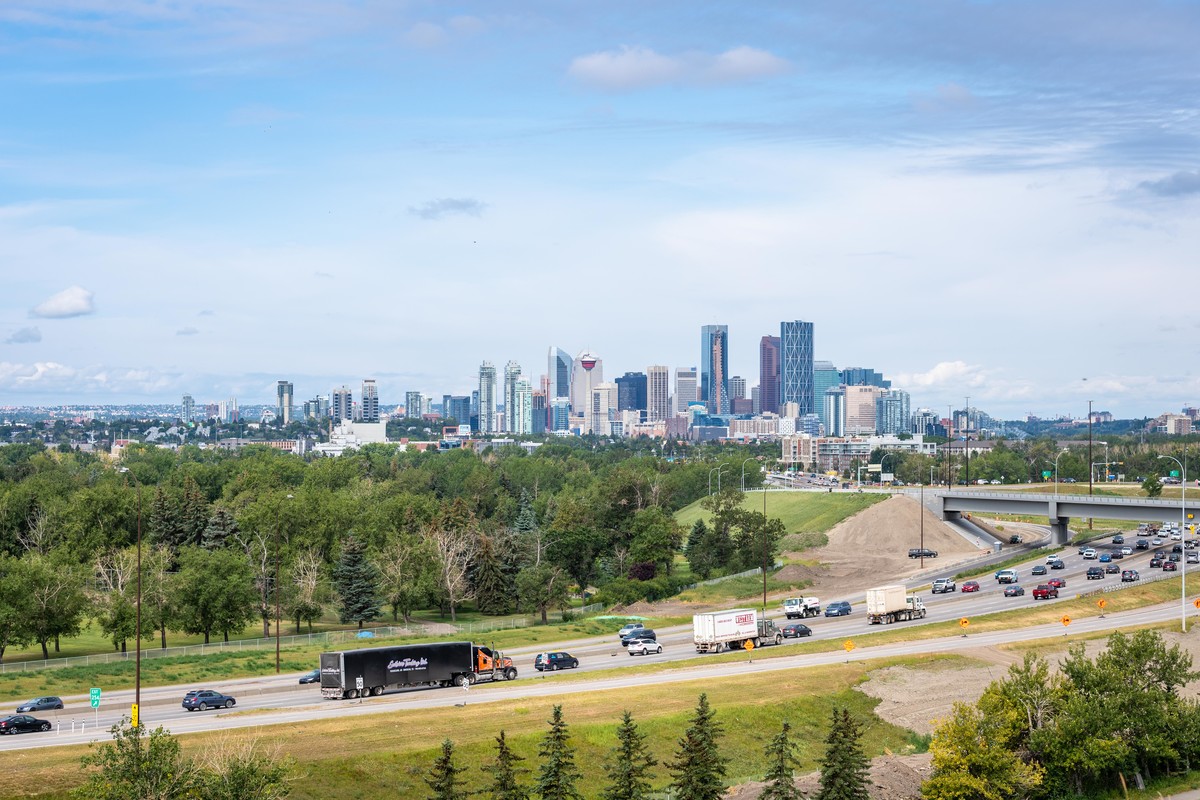Corporate Programs plan and budget
Common Revenue
Common Revenue sources include franchise fees, general revenue, investment income and financial charges, as well as taxation revenues, which account for a significant portion of The City’s operating budget.
Our customers
- Citizens
Our partners
- Provincial government
- ENMAX
- ATCO
- Calgary Municipal Land Corporation
- Financial Institutions
Dependencies
Budget breakdown
What we're watching
Franchise Fee Revenues:
- Franchise Fee revenues are a function of the commodity price, the volume of utility sales, and the costs to deliver the commodity (utility transmission and distribution rates). Franchise Fee budget is set according to policy FCS2004-62 and any positive variance goes to Reserve for Future Capital.
- The economic recovery from COVID-19 lockdowns accompanied by higher oil prices, along with increased natural gas demand from power generation and liquid natural gas exports have increased natural gas and electricity commodity prices.
City's Investment Return Rate:
- Central banks have reversed their accommodative policies for the past couple of years by raising interest rates to bring inflation down to acceptable policy driven levels. Low yields over the last couple of years have depressed investment returns and as rates have risen this has had a negative effect on the market value of existing investments. The higher interest rates, will over time, earn more interest income as lower yielding investments mature. Also, the forthcoming changes to The City’s asset mix should result in higher returns and lower risk through increased diversification into different markets and asset classes.

Corporate Costs & Debt Servicing
Corporate Costs & Debt Servicing are based on legislated requirements and/or Council policies including corporate requirements for capital financing; civic and intergovernmental affairs; corporate costs; employee benefits; regulatory affairs; and scholarships.
Our customers
- Citizens
Our partners
- Related Authorities
- Provincial government
- Alberta Urban Municipalities Association
- Federation of Canadian Municipalities
- City of Calgary employees
- Education institutions in Calgary
Dependencies
The Employee Benefits program under Corporate Programs is reported as zero because benefit costs are fully recovered from City business units using fringe benefit rates applied to salary and wage expenses. Costs are affected by inflation, changes in the eligible employee population and demographics, and benefit and pension industry trends and legislated requirements.
Budget breakdown

What we're watching
Benefit Types Historical Costs:
- Costs are driven by plan agreements, work force changes and are all subject to inflation.
- Inflation is often higher than CPI due to the nature of the products and services such as prescription drugs.
Average Annual Natural Gas Distribution Costs per Household:
- The City intervenes in certain regulatory proceedings in order to protect its interests as a ratepayer.
- Calgarians currently pay about 10% less than Edmontonians for their natural gas service due, in part, to Calgary's regulatory interventions. Calgary's interventions have been successful in keeping natural gas distribution cists relatively flat in recent years.

